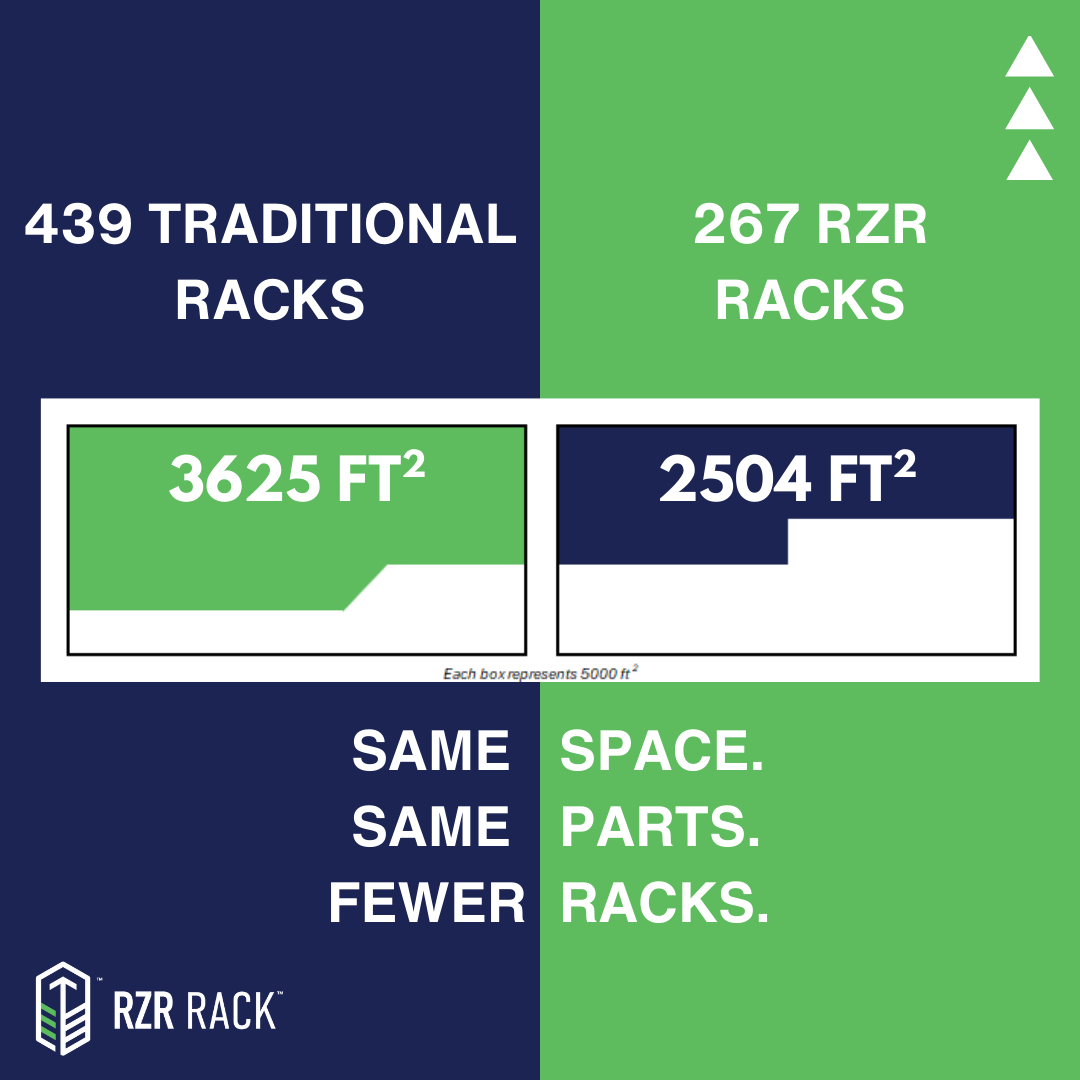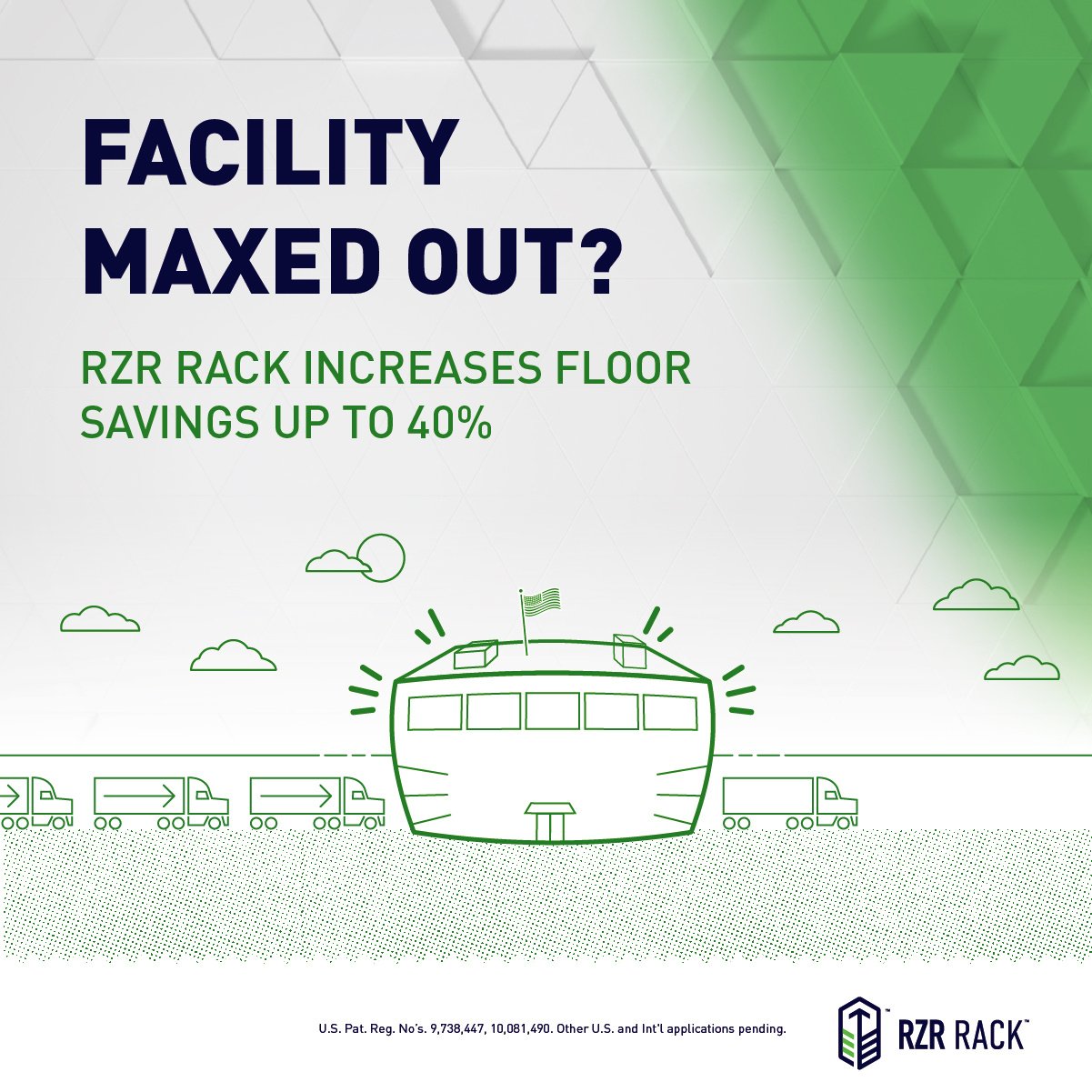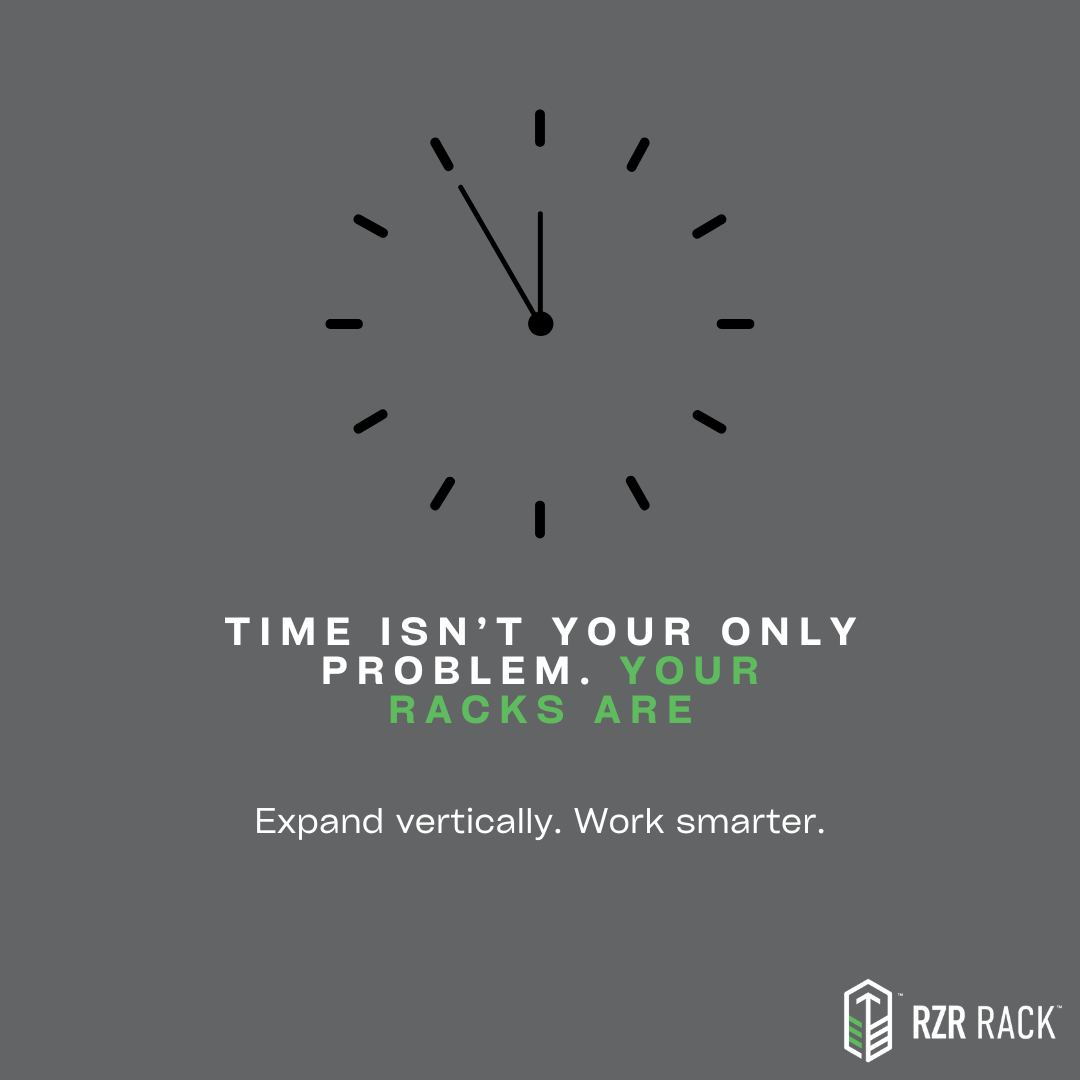In today’s fast-paced manufacturing environment, space is one of the most valuable resources. Efficient use of space can lead to significant improvements in productivity, safety, and cost-effectiveness. However, many manufacturing facilities struggle with space constraints that can hinder operations and growth.
The Challenges of Space Constraints
1. Overcrowded Warehouses: Warehouses packed to capacity can create a chaotic and inefficient work environment. Overcrowding can make it difficult to locate materials quickly, leading to delays and disruptions in the production process. This clutter can also pose safety hazards, increasing the risk of accidents and injuries.
2. Limited Production Capacity: When space is limited, expanding production capabilities becomes a significant challenge. This limitation can prevent a facility from scaling up operations to meet increasing demand, resulting in missed opportunities and potential revenue losses.
3. High Costs of Expansion: Physical expansion of a facility is often an expensive and time-consuming solution. Construction costs, permitting, and downtime during expansion can make this an impractical option for many manufacturers. Additionally, finding available real estate near the existing facility can be a daunting task.
4. Inefficient Workflow: Space constraints can disrupt the smooth flow of materials and products through the manufacturing process. Inefficient workflows can lead to increased handling times, higher labor costs, and reduced overall productivity.
Strategies to Overcome Space Constraints
1. Vertical Storage Solutions: Maximizing vertical space can significantly improve storage efficiency. Implementing vertical racking systems and mezzanines allows facilities to store more materials in the same footprint. This approach not only optimizes space but also makes it easier to organize and access inventory.
2. Lean Manufacturing Principles: Adopting lean manufacturing principles can help reduce waste and optimize space utilization. Techniques such as 5S (Sort, Set in order, Shine, Standardize, Sustain) and Just-In-Time (JIT) inventory management can streamline operations and free up valuable space.
3. Modular Workstations: Using modular workstations and equipment allows for greater flexibility in the layout of the manufacturing floor. These systems can be easily reconfigured to adapt to changing production needs, ensuring that space is used efficiently.
4. Efficient Material Handling: Investing in efficient material handling solutions can help reduce the footprint of storage and movement areas. Automated guided vehicles (AGVs), conveyor systems, and compact storage solutions can streamline material flow and optimize space utilization.
5. Data-Driven Space Planning: Utilizing data and analytics to plan and manage space can lead to more informed decisions. Space utilization software can help identify underutilized areas and suggest ways to optimize the layout. Regular audits and continuous improvement initiatives can ensure that space is used effectively.
Conclusion
Space constraints are a common challenge in the manufacturing industry, but with the right strategies and solutions, they can be effectively managed. By maximizing vertical storage, adopting lean principles, using modular workstations, investing in efficient material handling, and leveraging data-driven planning, manufacturers can optimize their use of space and enhance overall operational efficiency.
As the demand for manufacturing continues to grow, finding innovative ways to tackle space constraints will be crucial for staying competitive and meeting customer needs. Stay tuned for more insights on how to overcome common manufacturing challenges and improve your operations.
About Us:
At Diverse Global, we understand the unique challenges faced by manufacturers, and we are dedicated to providing innovative solutions that drive efficiency and productivity. Our RZR Rack, with its vertical expansion capability, is designed to help manufacturers optimize space utilization and streamline material handling. Contact us to learn more about how our solutions can benefit your facility.


